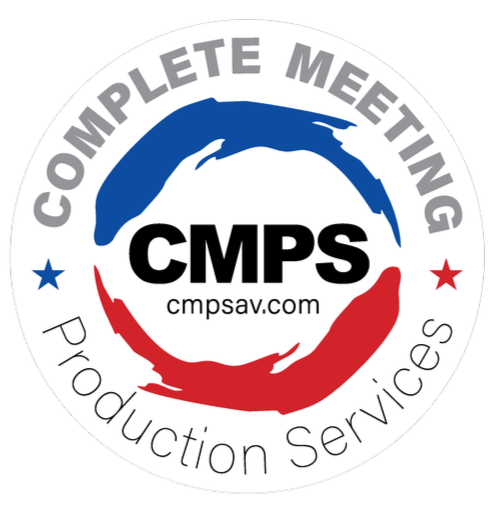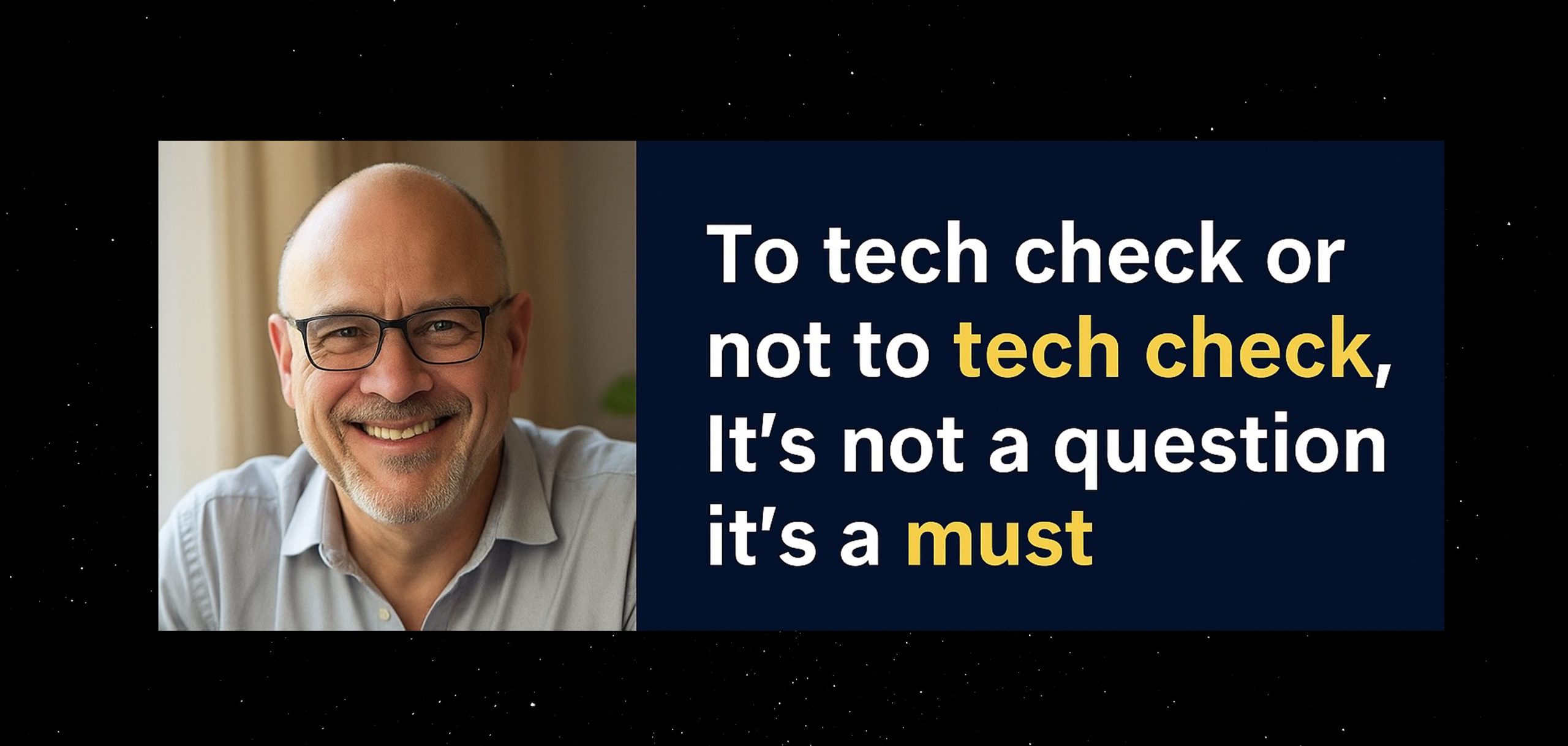What if your program moved from welcome to close without a hitch? A precise show flow makes that possible. It maps each cue, voice, slide, and handoff so the event feels natural to the audience and straightforward for the crew.
Structure does the quiet work. When timing, roles, and transitions are defined, speakers stay focused, operators work to one clock, and sponsors see steady progress. The room feels calm because everyone knows what happens next.
Why Show Flow Creates a Seamless Event
Show flow is a minute-by-minute plan with cues, owners, and outcomes. It keeps talent and crew aligned for launches, town halls, award nights, and multi-track conferences. Precise timing avoids stalls. Named owners prevent confusion. Written outcomes guide choices when pressure rises.
Build Your Show Flow in Four Steps
Start with outcomes and sketch simple story beats. List parts with the exact times they begin, notes on what they cover, and who calls each cue. Add backups for slides, mics, and video, plus one contact per lane. Practice the entire path at show pace so that entrances, exits, and handoffs seem natural.
Tools That Anchor Seamless Execution
With the path mapped and rehearsed, use a compact stack to keep timing honest and files easy to find. Asana turns plans into timelines with tasks, dependencies, calendars, dashboards, and light automation so owners and dates stay clear. Miro gives one canvas to storyboard the run of show, test stage looks, and mark visual beats. Notion centralizes bios, scripts, graphics, vendor details, and approvals so people stop chasing links. Bizzabo consolidates registration, agendas, on-site tools, and analytics for multi-day programs. Together, these tools reduce hunting and maintain steady delivery.
Crew Roles That Protect Delivery
Assign a show caller to own the clock and call cues. Give a graphics operator control of slides, video, and lower thirds. Place a stage manager on deck to reset presets, mark handoffs, and protect quiet zones. Each role uses the same timestamped sheet, so calls sound the same at every position. On smaller shows, a coordinator can cover two roles if the schedule stays simple.
Final Checks Before Showtime
Run a full rehearsal with mics hot, slides loaded, and video ready. Walk the paths talent will use. Confirm backups for audio and displays. Print the call sheet with the hotline and place it at each station. Package this rehearsal in your scope so clients understand its value. Give the new crew a short onboarding guide to help them learn the room quickly.
Risk Controls That Keep Pace
Name the top three risks and the first move for each. Keep a labeled spare mic powered. Mirror the show deck on a second machine with matching cue names. Hold a safe-harbor lighting and audio look for timing shifts. If a segment runs long, trim a bumper. If a slide fails, fire the still. If a speech stalls, stage management resets the path. The audience should not feel the fix.
Communication That Reduces Noise
Use one update channel and post changes once. Mirror final changes across tools after the caller signs off. Keep calls short and plain, starting with the time and the action. Confirm receipts with a quick repeat. Log changes on the run of show so the sheet reflects reality. Quiet comms signal alignment.
Metrics That Prove Control
Check the clock at each checkpoint and note actuals against the plan. Record start times, end times, and recovery after trims. Keep track of positive outcomes, such as applause after a video or a smooth mic swap. Share a short report with what worked, what bent, and what will change next time.
After the Applause
Hold a brief huddle while the details are fresh. Capture three wins to repeat and three fixes to ship before the following show. File assets with clear names. Archive the final run of the show with real times. Send a simple thank-you with links to decks, photos, and the next date.
Conclusion: Lock In Seamless Event Execution
A solid show flow turns pressure into steady delivery. Define outcomes, set absolute times, and give each cue an owner. Rehearse end-to-end, protect backups, and keep one source of truth in sight. Choose tools that fit your scale and keep updates in one place. When the plan is clear and everyone works together, effortless execution becomes the norm.




